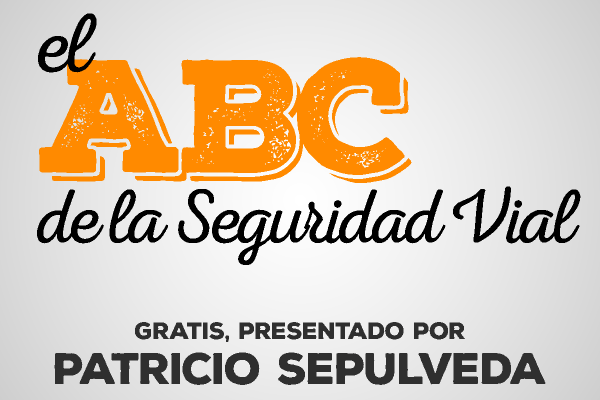The Abcs Of Global Investing With Adrs
Post on: 5 Июнь, 2015 No Comment

American Depositary Receipts Offer Way To Diversify Portfolio With Foreign Stocks
Some foreign markets may have gotten a January chill, but their 1993 postings will long warm many investors’ hearts: Foreign stock mutual funds rose 40 percent last year and Latin American funds soared 57 percent.
Uncommon results, true, but such gains have energized the market for American Depositary Receipts-certificates bought here that represent foreign shares.
Investments soaring
Invented by J.P. Morgan in 1927 because the direct purchase of foreign stocks was (and is) wildly impractical for individuals, ADRs have doubled, to more than 1,000, since 1985. Companies with ADRs on the New York and American exchanges and on Nasdaq increased from 150 in 1988 to 256 last year.
And this great growth may just be prologue.
There are 10 to 15 new ADRs a month, said Mark D. Coler, president of Mercer Inc. of New York, a research firm that specializes in the issues.
Institutions account for 80 percent of the shares traded, however. Many individuals-even regular traders of domestic stocks-would rather invest abroad only through open- or closed-end mutual funds.
Clearly, ADRs deserve a closer look. Don’t be afraid of taking a rifle shot, advised Tom Burnett of Wall Street Investor Services in New York. If the aim is true, the investor may bag something like Danka Business Systems, a British company up 400 percent since the fall of 1992.
To compare funds and ADRs echoes the general fund-or-stocks debate: Funds offer expert management and diversification for modest sums, for instance, while stocks offer greater upside potential and no annual fees. But ADRs have special factors, too.
For example, expense ratios for foreign funds can be especially high, and this may make ADRs relatively more attractive. A 2 percent yearly fee for a decade amounts to 20 percent of the assets, Coler said. That’s a lot. While investors pay broker commissions on ADRs, there are no managers to support.
Also, the top heavy structure of some foreign markets gives ADRs great diversifying power. Telefonos de Mexico, the telephone company, constitutes 30 percent of the market capitalization in the Bolsa, the Mexican stock exchange. A handful of other companies loom large, as well.
The result? With five ADRs I can cover more than half the Mexican market, Coler said.
But ADRs have limits. About 45 countries are represented among the 1,000 ADRs, with Australia, Japan and Britain accounting for more than half.
Lots of good foreign companies don’t have ADRs, said George Murnaghan, a vice president of Rowe Price-Fleming International. And because big companies are the most common ADR issuers, you can miss out on small ones, said John Dessauer, a newsletter publisher.
By comparison, about 300 funds invest in foreign equities, collectively reaching nearly all countries and tens of thousands of foreign companies.
And while ADRs carry the currency risks of any foreign investment, their owners do not get the hedges that some funds use.
After weighing these pros and cons, investors who find a place for ADRs in their portfolios should know several things.
Three American banks-the Bank of New York, Citibank and JP Morgan-are the major depository institutions for ADRs. They provide custody of the foreign shares, change dividends into dollars and help distribute company reports in English.
These services entail various fees, the size of which dismay some industry officials. But a corrective may be on the way: competition. Morgan Stanley and others are angling for some depository business.
Where to get information
Investors can easily get information about the 256 listed ADRs because companies so listed must adhere to American accounting and disclosure rules. But ADRs in the pink sheets-the non-Nasdaq over-the-counter market that has 75 percent of the companies with ADRs-can follow their home accounting and disclosure practices.
While most American companies on the pink sheets are small, many of the foreign companies, such as Nestle and Marks & Spencer, are large. Information about such big companies is obtainable wherever they trade.
For obscure issues, investors can consult newsletters such as Coler’s Global Portfolio (800-582-9854), Dessauer’s Investors’ World (800-272-7550) and KCI Corp.’s Global Investing (800-832-2330).














